Join Ingestre Park Golf Club for a festive Family Christmas Bingo Night with food, fun, and 10 rounds of merry bingo!


Join Ingestre Park Golf Club for a festive Family Christmas Bingo Night with food, fun, and 10 rounds of merry bingo!
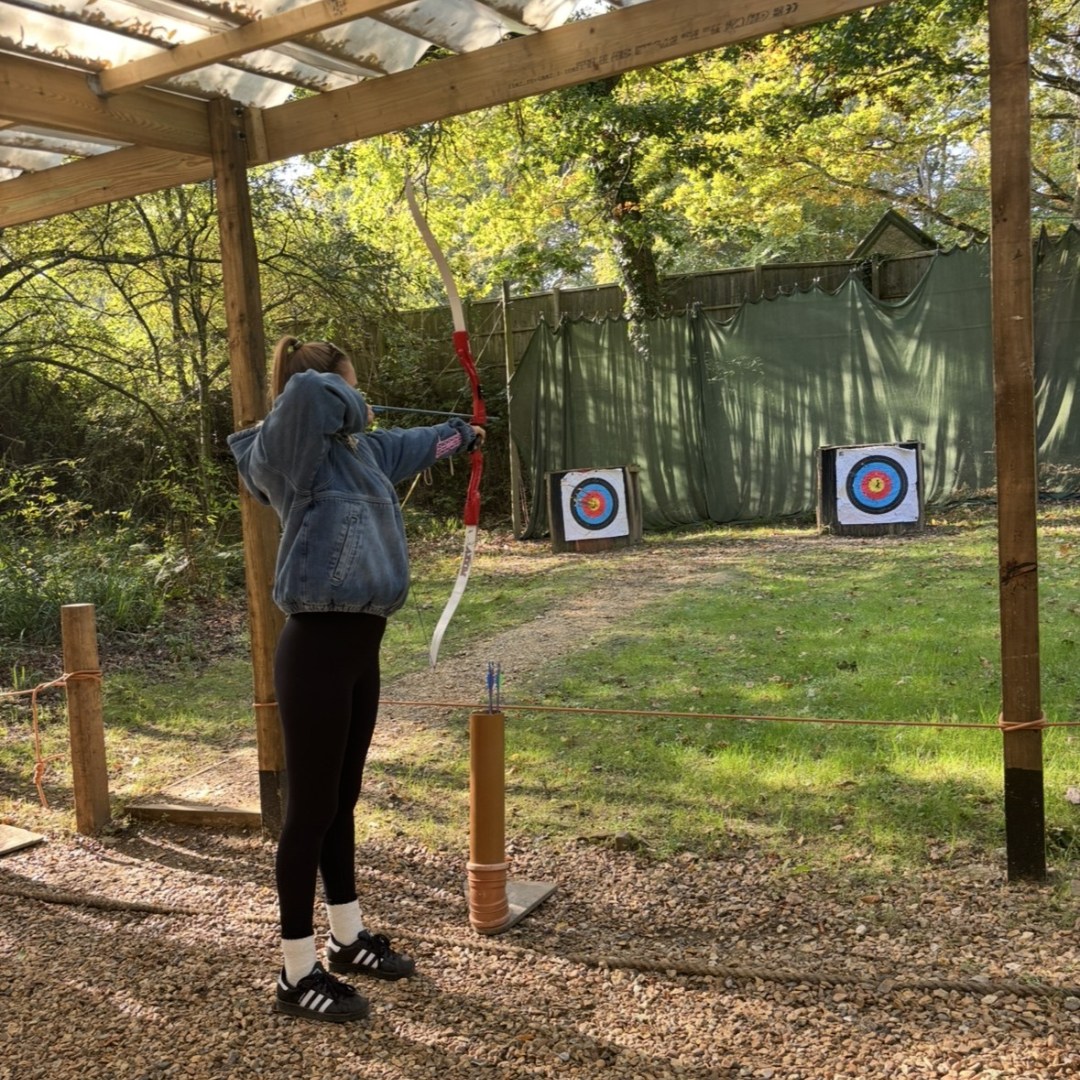
Jess and Scarlet from YMCA Fairthorne earn Archery GB Instructor status, boosting activity quality and team development.

Join us for a magical day of festive shopping at Cricklade Hotel & Spa!
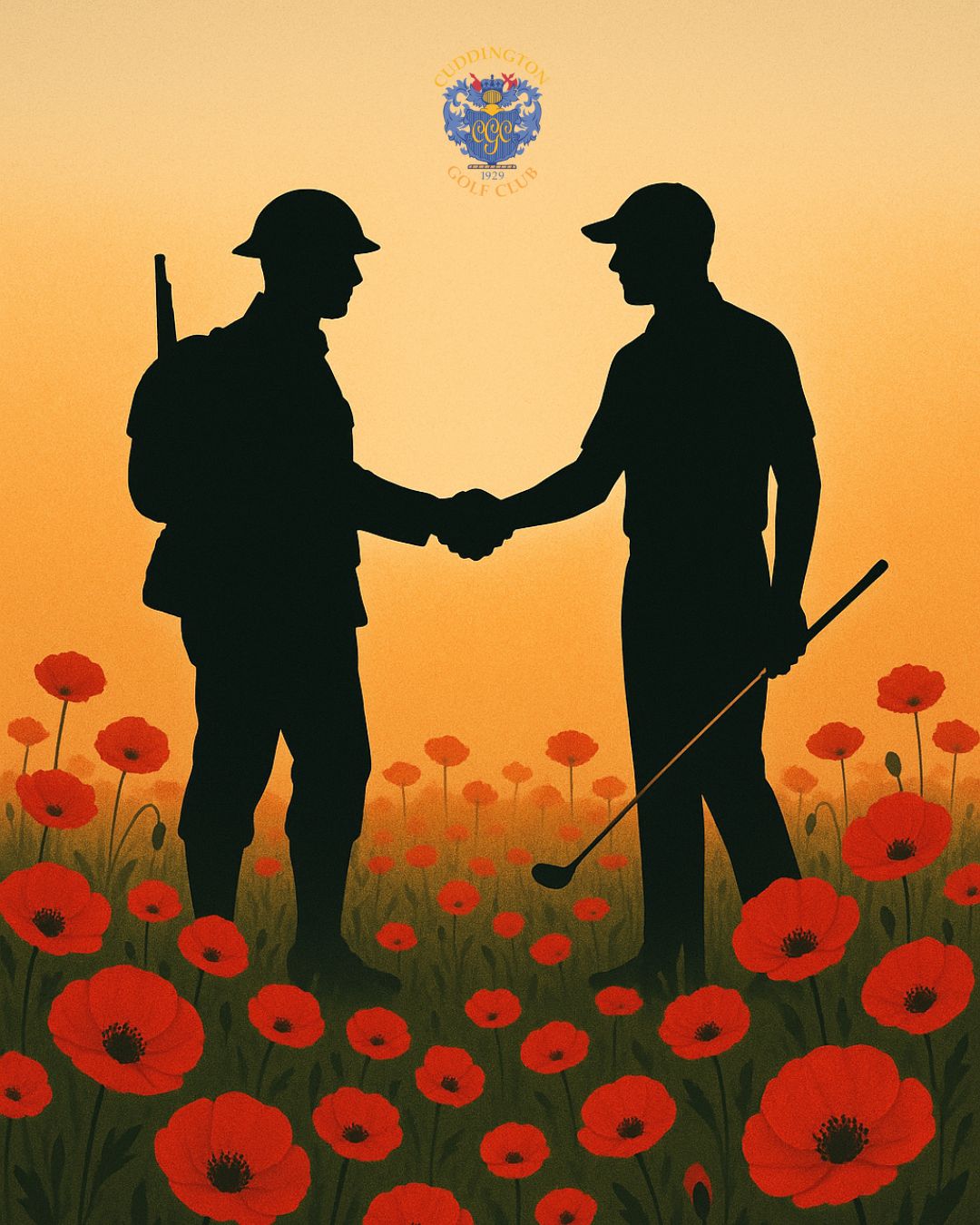
Cuddington Golf Club pauses to honour the brave men and women who gave their lives in service.
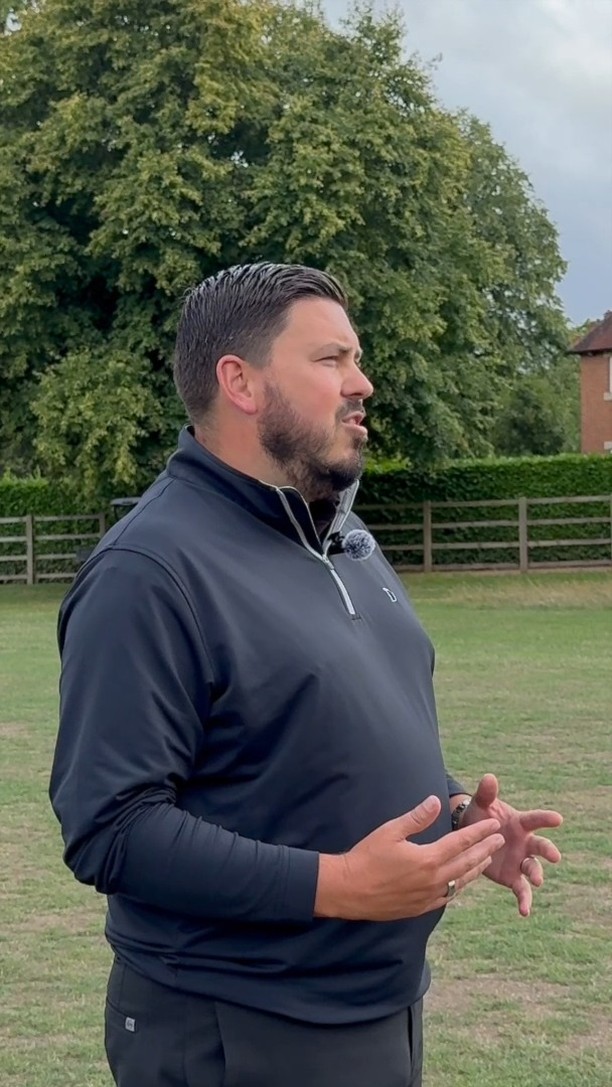
Harleyford Golf Club announces a major irrigation project to enhance course quality and year-round playability.
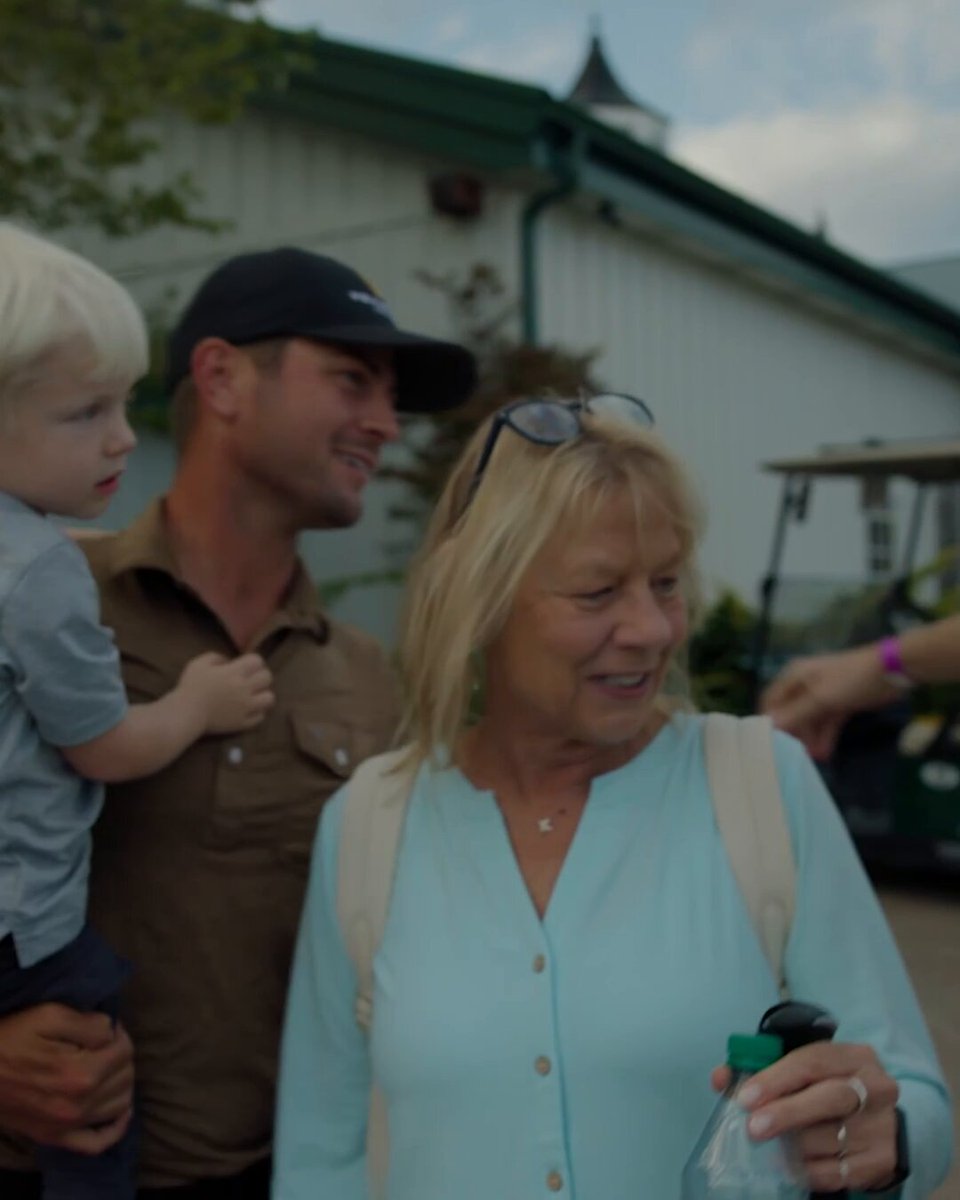
Chandler Blanchet has successfully followed in the footsteps of his older brother Christian, securing his place on the PGA Tour. This achievement marks a significant milestone in the Blanchet family’s golfing journey, highlighting the rising talent within the Korn Ferry Tour.

Eton College offers a two-year paid teacher training programme with accommodation and qualifications included.
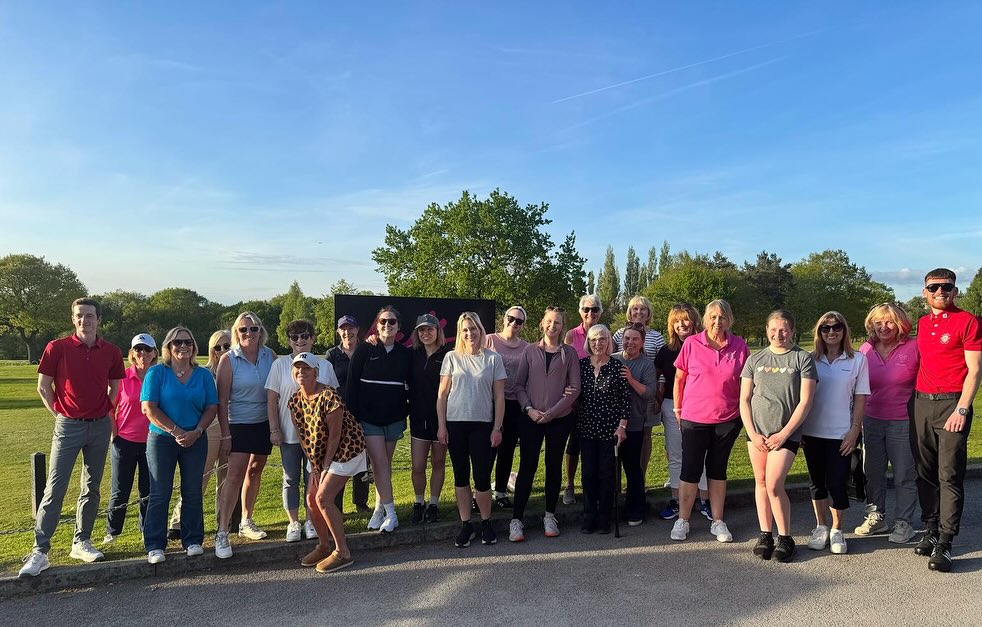
Marple Golf Club welcomed a record 21 women to its latest Get into Golf evening.
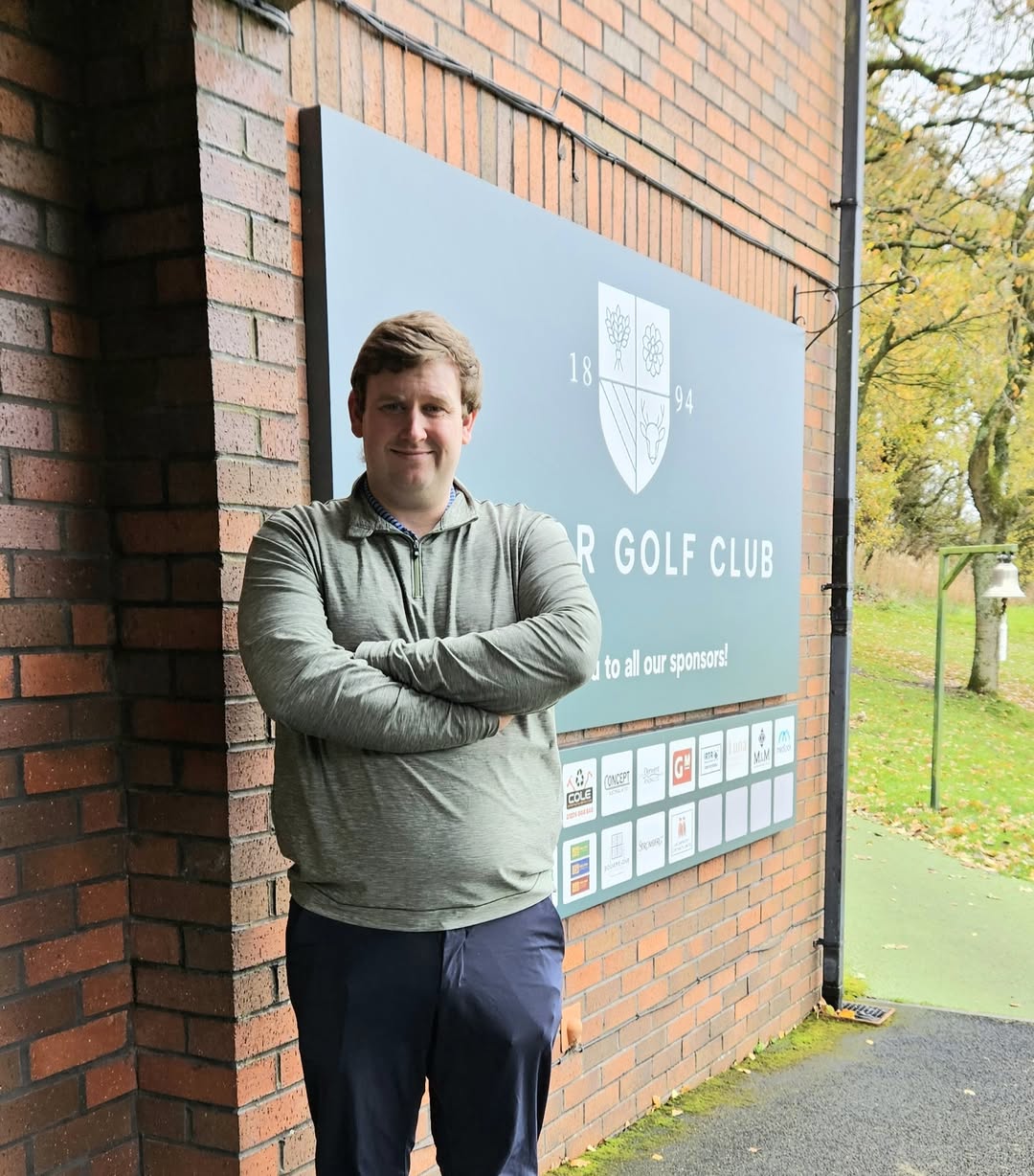
Mellor Golf Club proudly welcomes Joe Pownell as the new Head Professional.
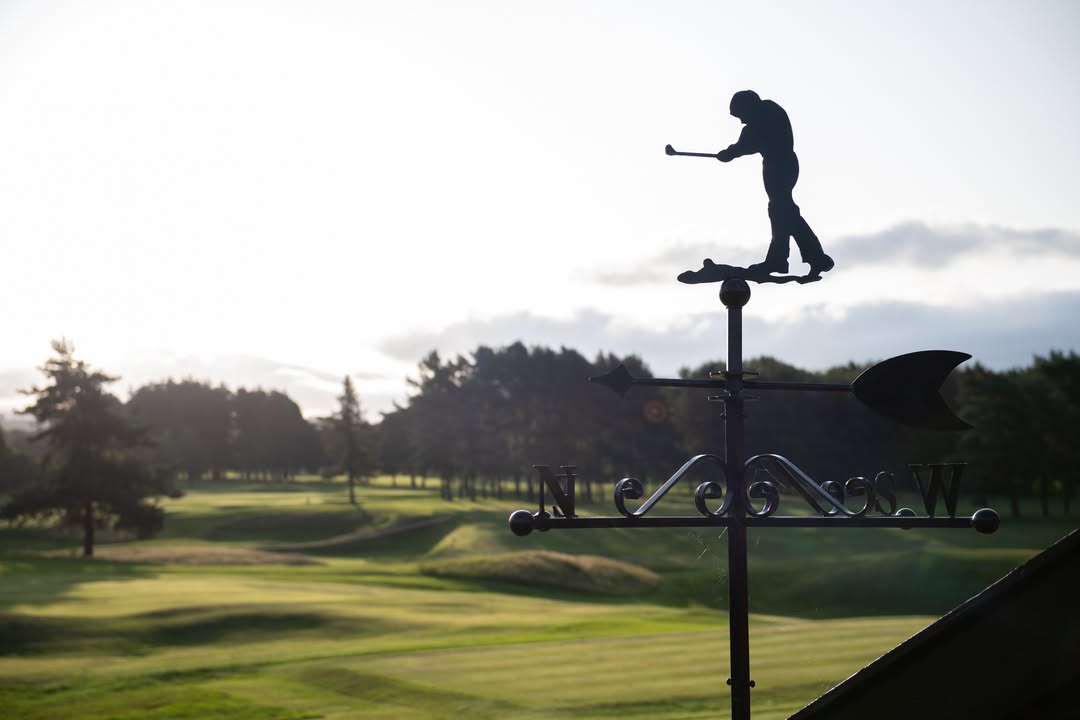
Stockport Golf Club opens entries for its 2026 Open Competitions—secure your spot for summer golf and great company.